Facts about the civil rights movement that still inspire today
The Civil Rights Movement was a pivotal chapter in American history, reshaping the nation’s social landscape. This movement fought against racism and segregation, striving for equality and justice.
It brought to the forefront issues of racial discrimination, capturing the attention of both national and international communities. The movement’s legacy is still felt today, as it laid the groundwork for subsequent human rights advancements and continues to inspire ongoing struggles for equality.
The Montgomery Bus Boycott: A Catalyst for Change
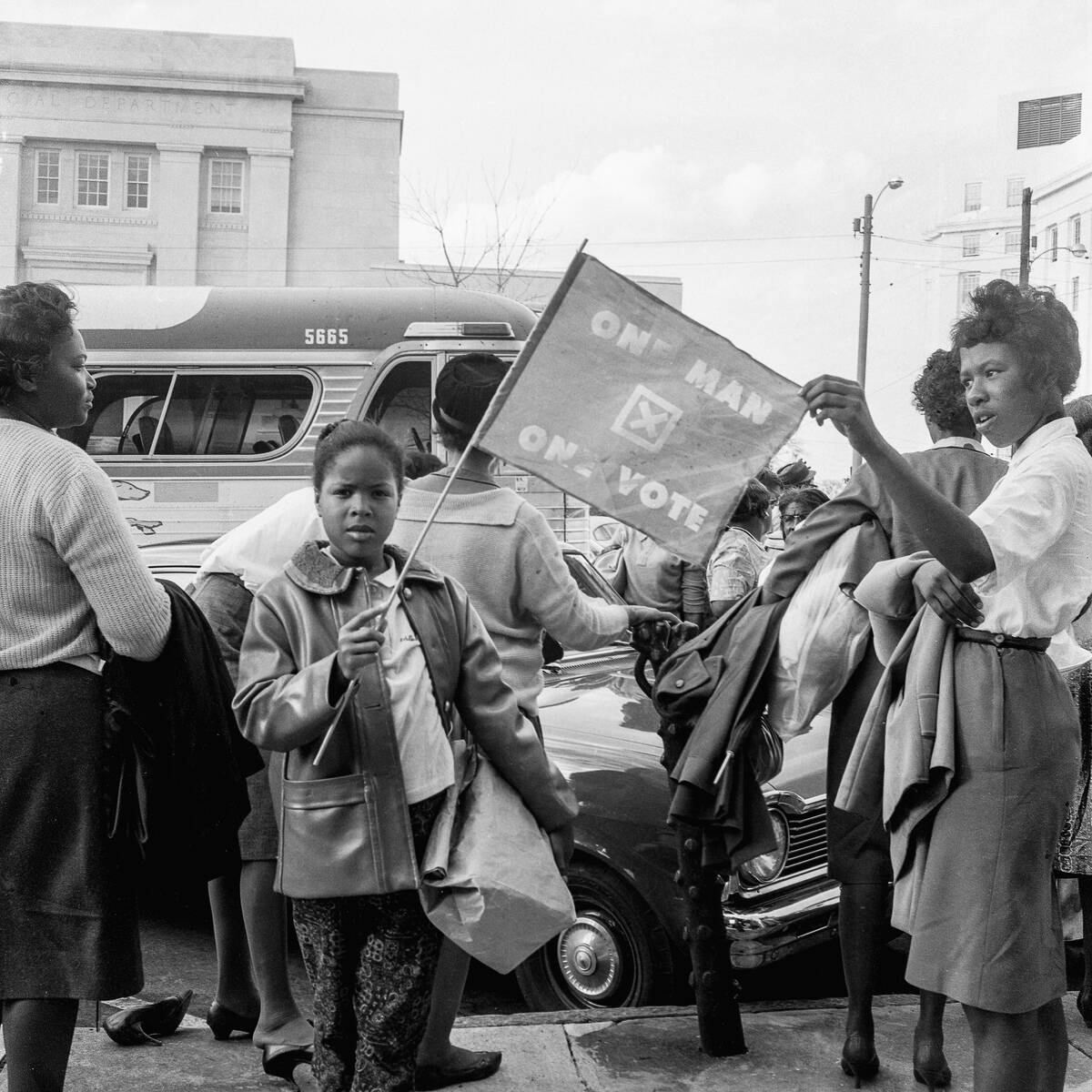
The Montgomery Bus Boycott was a defining moment in the Civil Rights Movement, lasting from December 1955 to December 1956. It began when Rosa Parks refused to give up her seat to a white man, sparking a citywide boycott of the bus system led by Martin Luther King Jr.
This act of defiance highlighted the power of collective action and nonviolent protest, ultimately leading to the Supreme Court ruling that segregation on public buses was unconstitutional.
Rosa Parks: The Power of One Person to Spark a Movement
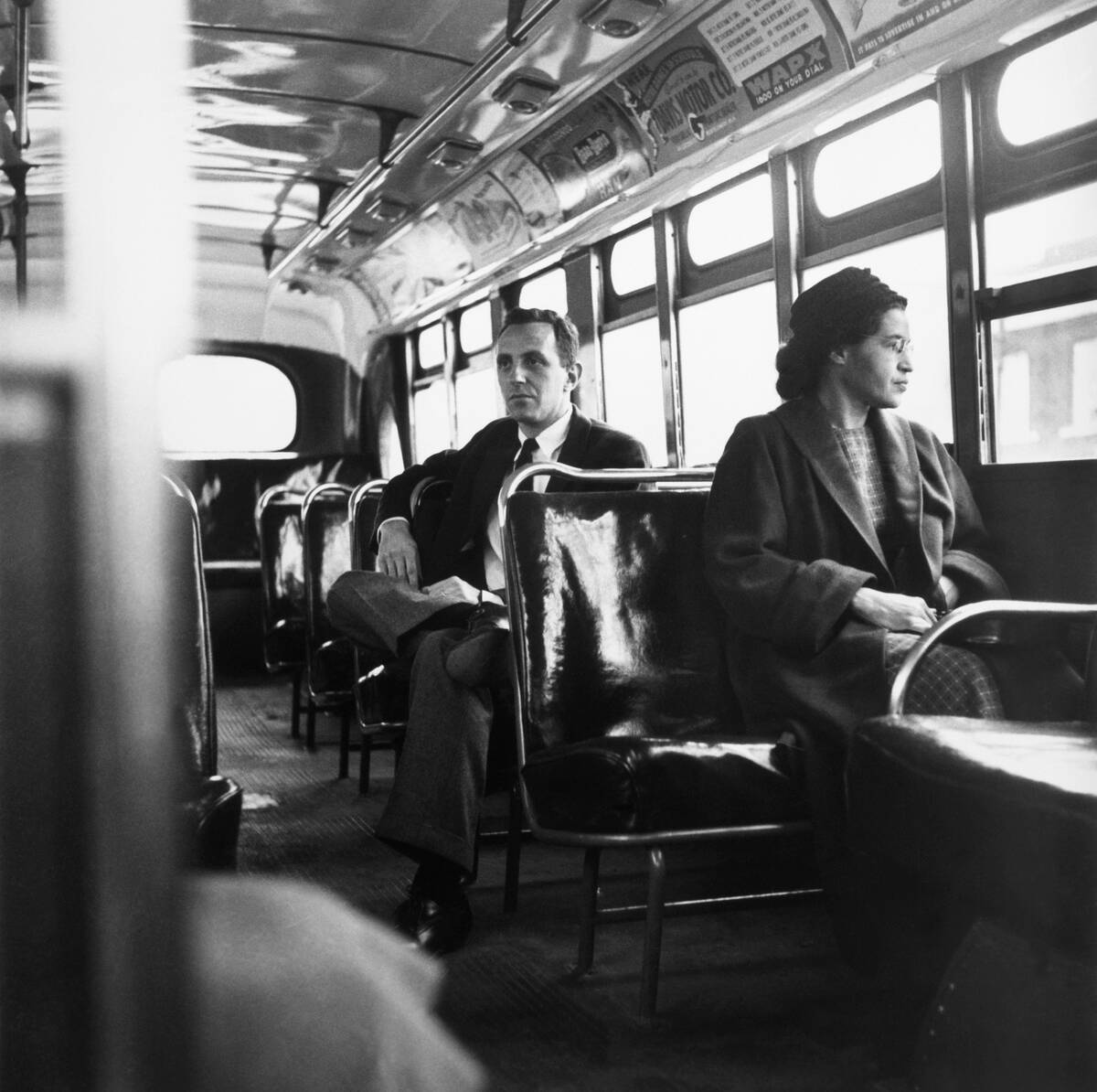
Rosa Parks is often hailed as the ‘mother of the civil rights movement.’ Her refusal to relinquish her bus seat on December 1, 1955, was not just an act of defiance but a catalyst for change.
Parks’ quiet strength and determination inspired many, proving that one person’s actions can indeed ignite a movement. Her courage drew attention to the injustices faced by African Americans, galvanizing support and mobilizing activists across the nation.
The Little Rock Nine: Courage in the Face of Adversity
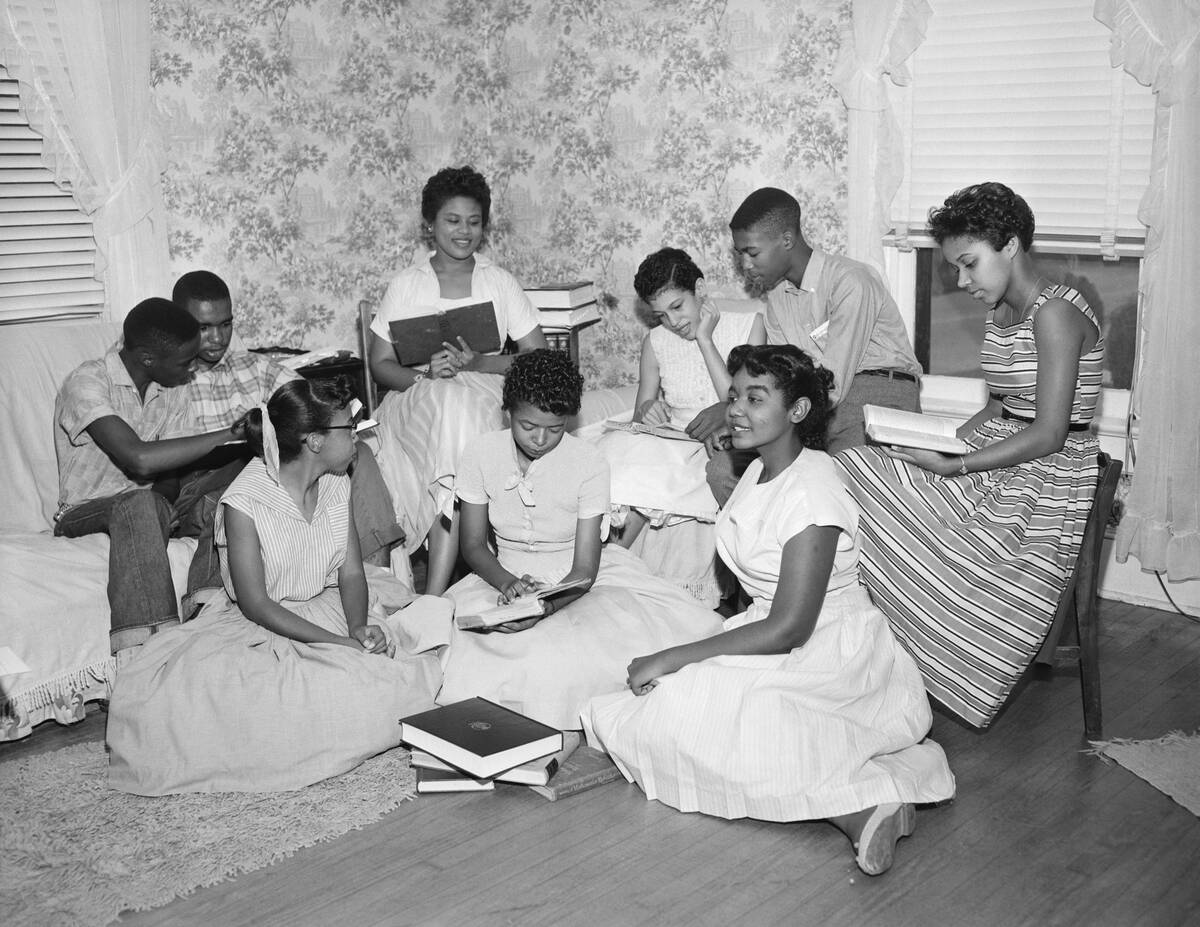
In 1957, nine African American students, known as the Little Rock Nine, bravely integrated Central High School in Little Rock, Arkansas. Their courageous act came after the Supreme Court’s Brown v. Board of Education decision, which declared segregated schools unconstitutional.
Despite facing violent mobs and national guard opposition, their determination forced the nation to confront the realities of segregation and the need for educational equality.
Martin Luther King Jr.’s “I Have a Dream” Speech: Words That Echo Through Time
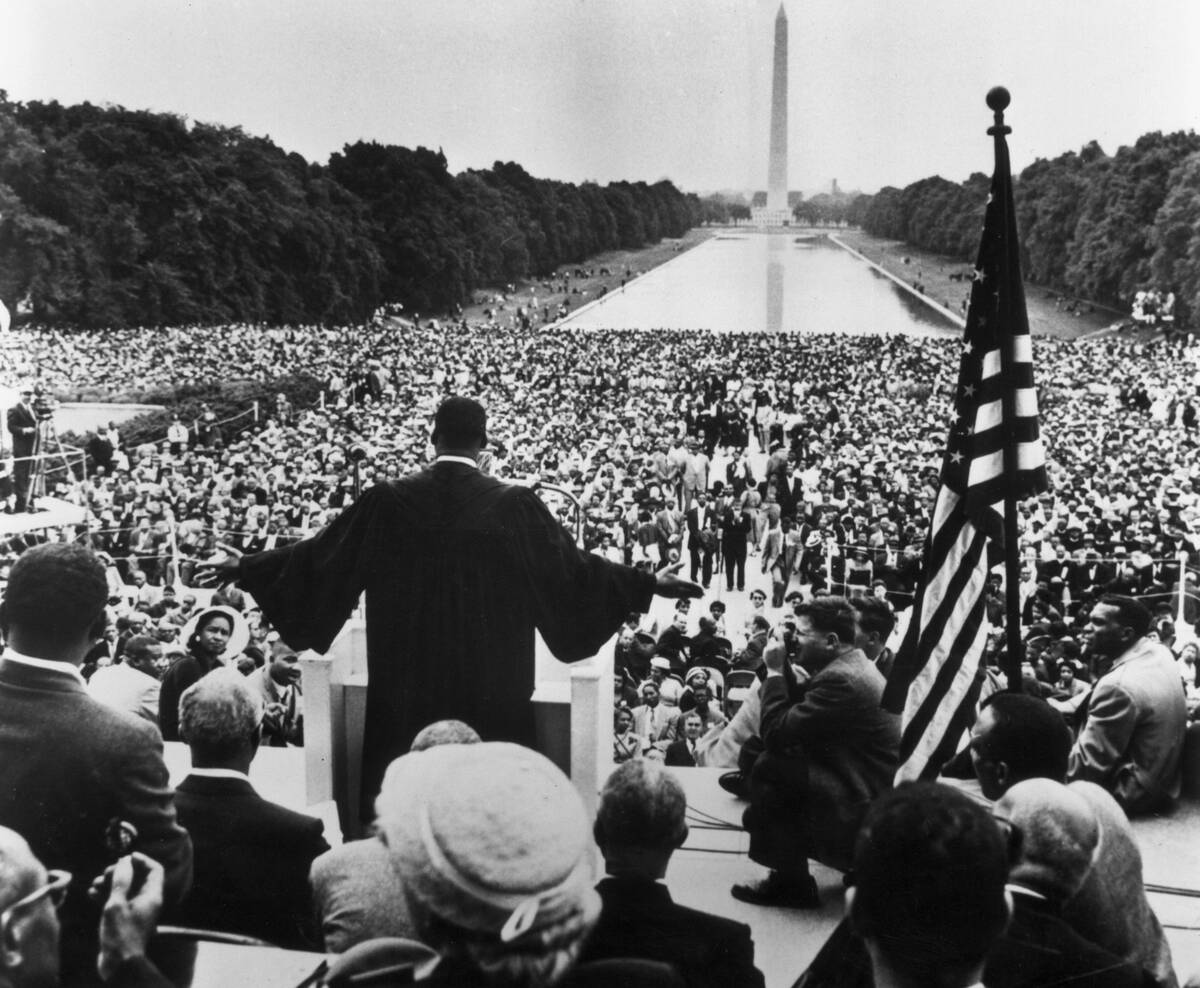
Delivered during the March on Washington for Jobs and Freedom in 1963, Martin Luther King Jr.’s “I Have a Dream” speech remains one of the most iconic addresses in American history.
With a call for racial harmony and equality, King eloquently envisioned a future where all individuals would be judged by their character rather than their skin color. His speech continues to resonate, symbolizing the enduring struggle for civil rights and justice.
The Freedom Riders: Breaking Barriers on the Road to Equality
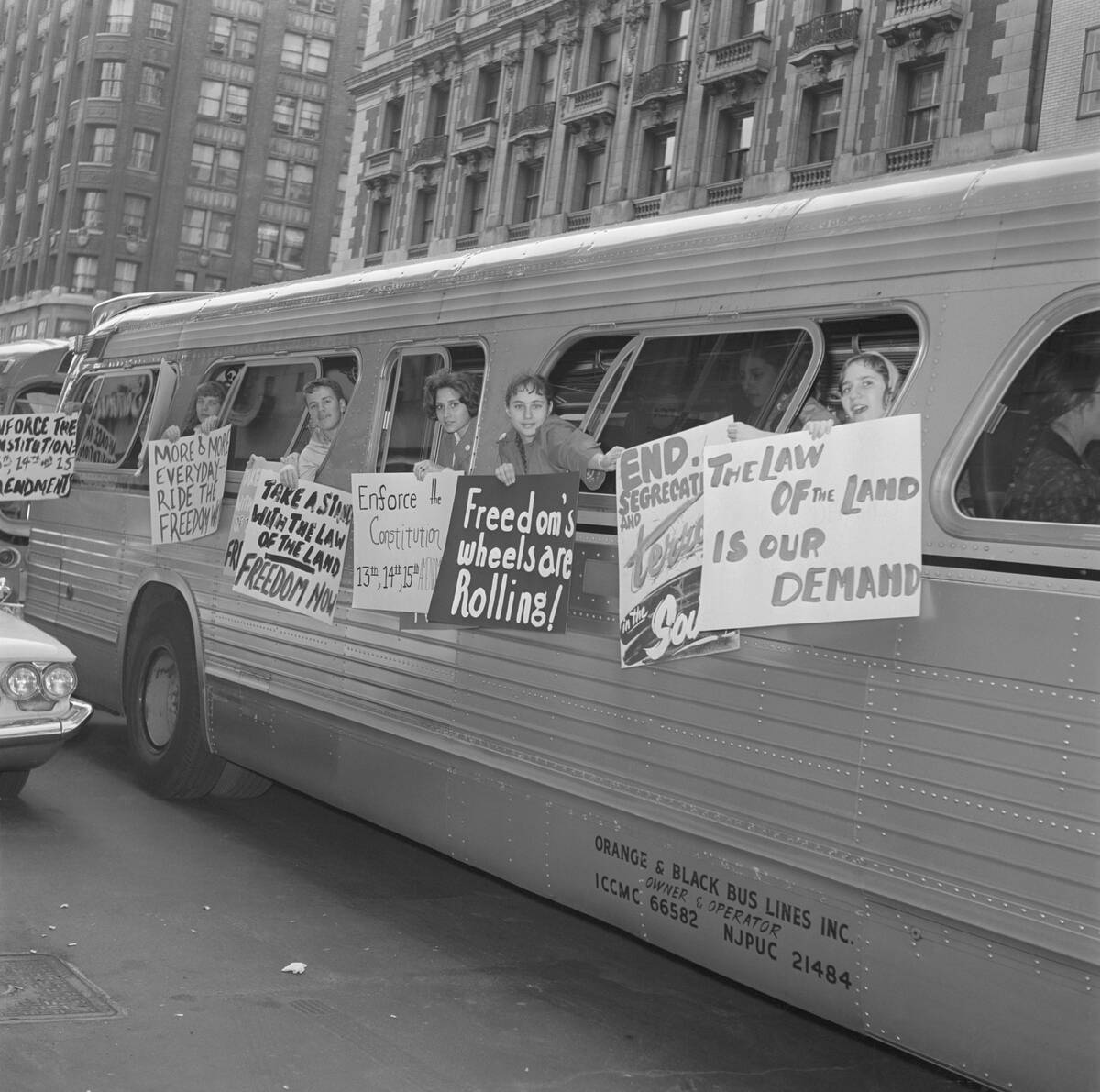
In 1961, the Freedom Riders embarked on bus journeys across the American South to challenge segregation in interstate travel facilities. These young activists, both black and white, faced brutal violence but remained steadfast in their mission.
Their bravery forced federal intervention, leading to the desegregation of bus terminals. The Freedom Riders’ courage and commitment highlighted the power of direct action in confronting and dismantling systemic racism.
The Sit-In Movement: The Simple Act of Sitting Down to Stand Up for Rights

The sit-in movement began in February 1960 when four African American college students sat at a segregated lunch counter in Greensboro, North Carolina. Refusing to leave without being served, their peaceful protest sparked a nationwide movement. Thousands joined in, sitting at counters across the South.
This nonviolent form of protest highlighted the absurdity of segregation and played a crucial role in the fight for equal rights.
The March on Washington: A Pivotal Moment in Civil Rights History
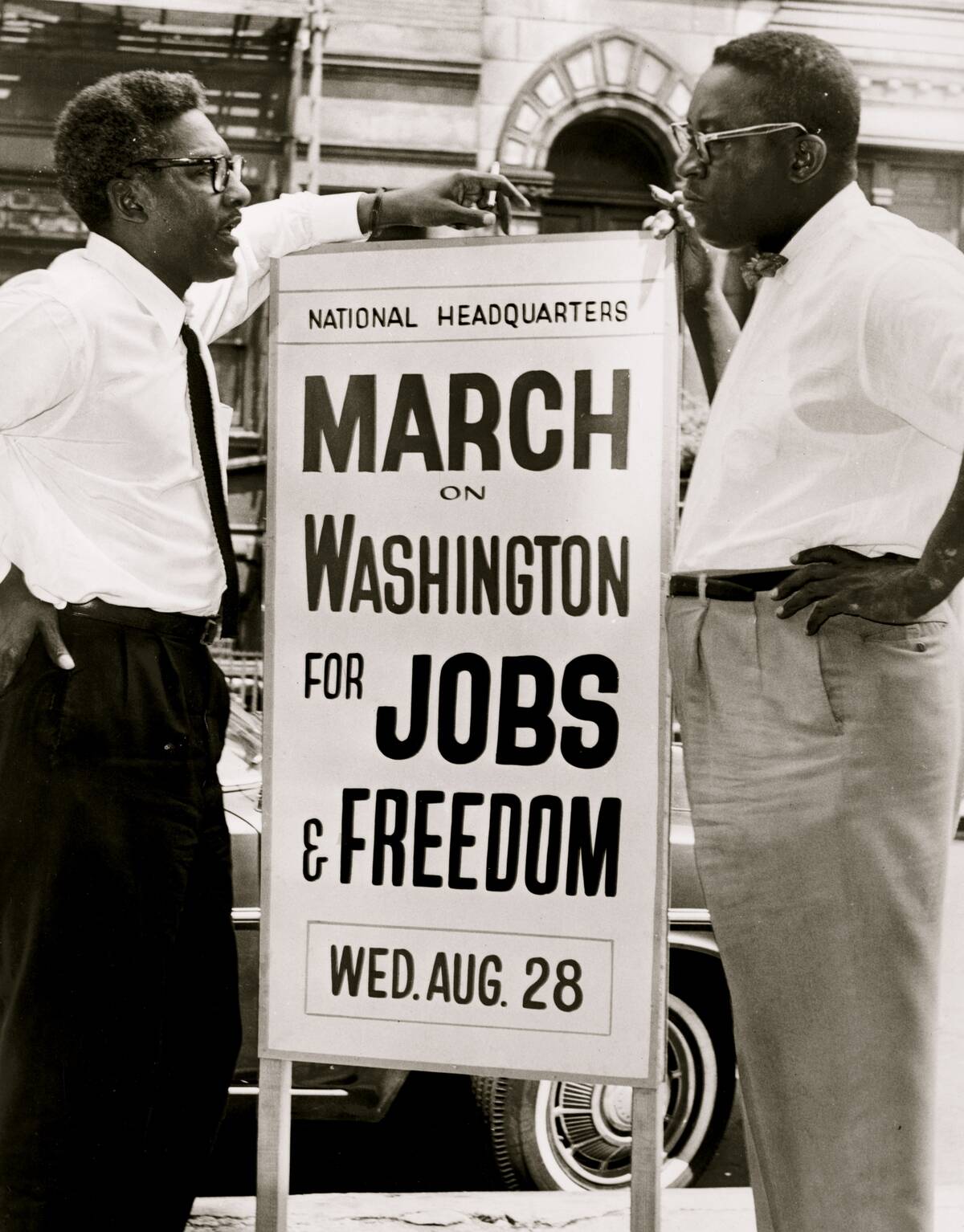
The March on Washington for Jobs and Freedom in 1963 was a watershed moment in civil rights history, drawing over 250,000 people to the nation’s capital. The event showcased a diverse coalition of activists and leaders demanding civil and economic rights for African Americans.
It was here that Martin Luther King Jr. delivered his iconic “I Have a Dream” speech, encapsulating the hopes and aspirations of the movement and calling for an end to racial injustice.
Selma to Montgomery Marches: Perseverance on the Path to Voting Rights
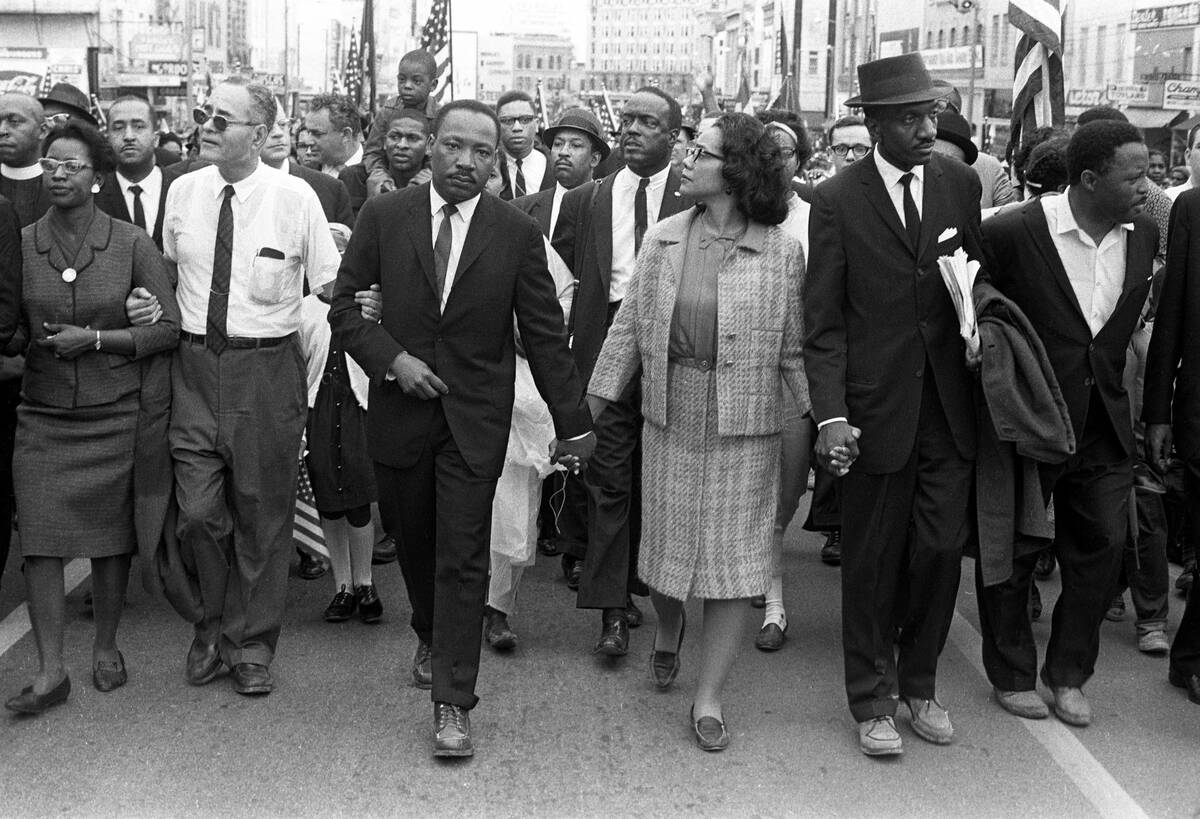
The Selma to Montgomery marches in 1965 were a series of three marches that demanded voting rights for African Americans. The first march, known as “Bloody Sunday,” saw peaceful protesters brutally attacked by law enforcement.
The national outrage sparked by this violence led to a successful third march, culminating in the Voting Rights Act of 1965. These marches highlighted the determination and resilience of activists in the face of systemic oppression.
The Civil Rights Act of 1964: A Landmark Legislation that Changed America
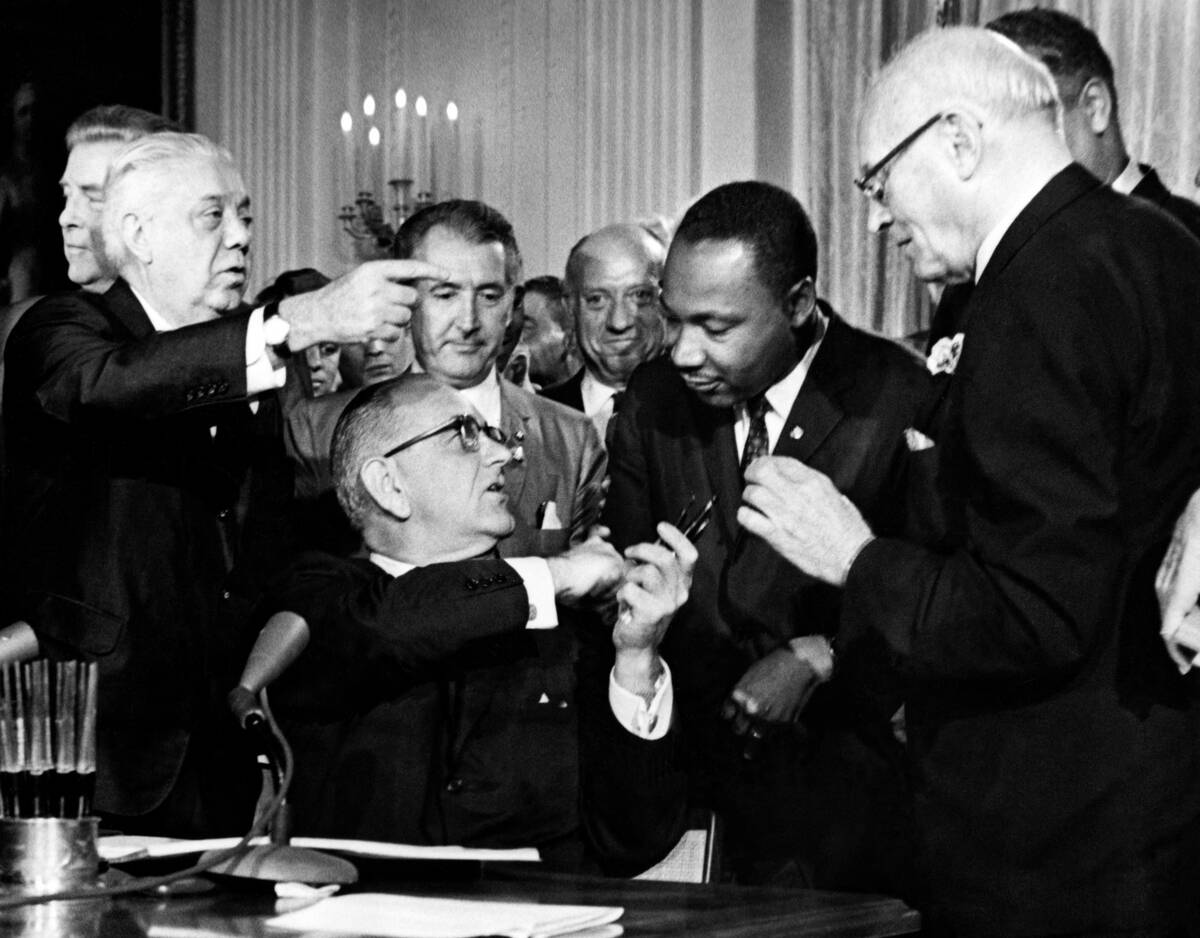
The Civil Rights Act of 1964 was a landmark piece of legislation that outlawed discrimination based on race, color, religion, sex, or national origin. It ended segregation in public places and banned employment discrimination, marking a significant victory for the civil rights movement.
The act laid the foundation for future equality laws and represented a commitment to dismantling institutionalized racism, though the struggle for civil rights continued.
The Role of Music in the Civil Rights Movement: Songs of Hope and Unity
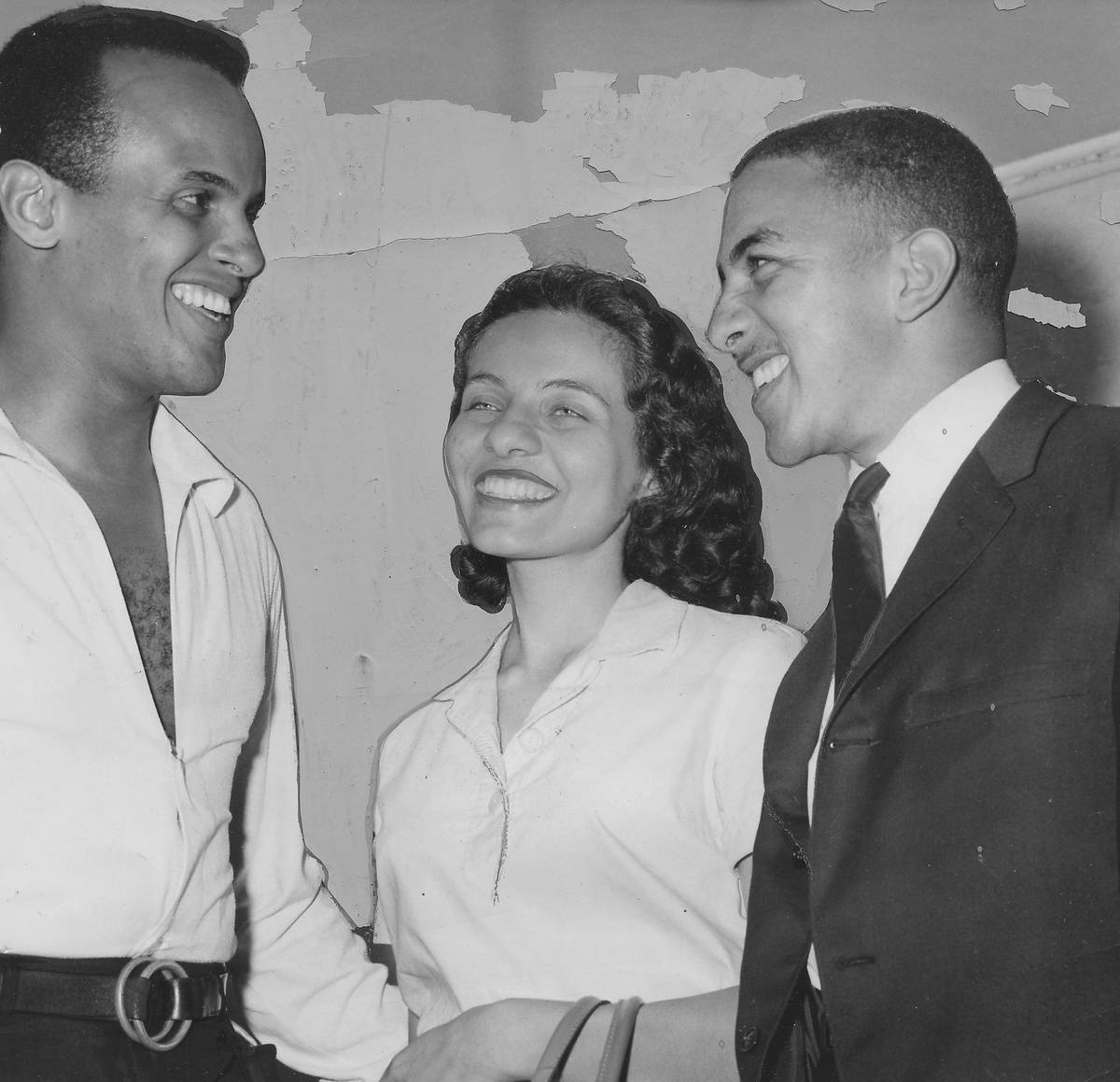
Music played a vital role in the Civil Rights Movement, providing a soundtrack of hope and unity. Songs like “We Shall Overcome” became anthems of the movement, sung during marches and rallies.
Artists such as Mahalia Jackson and Nina Simone used their voices to inspire and mobilize activists. Music not only uplifted spirits but also communicated the movement’s message to a broader audience, creating a sense of solidarity and shared purpose.
Women of the Movement: Unsung Heroines of Civil Rights
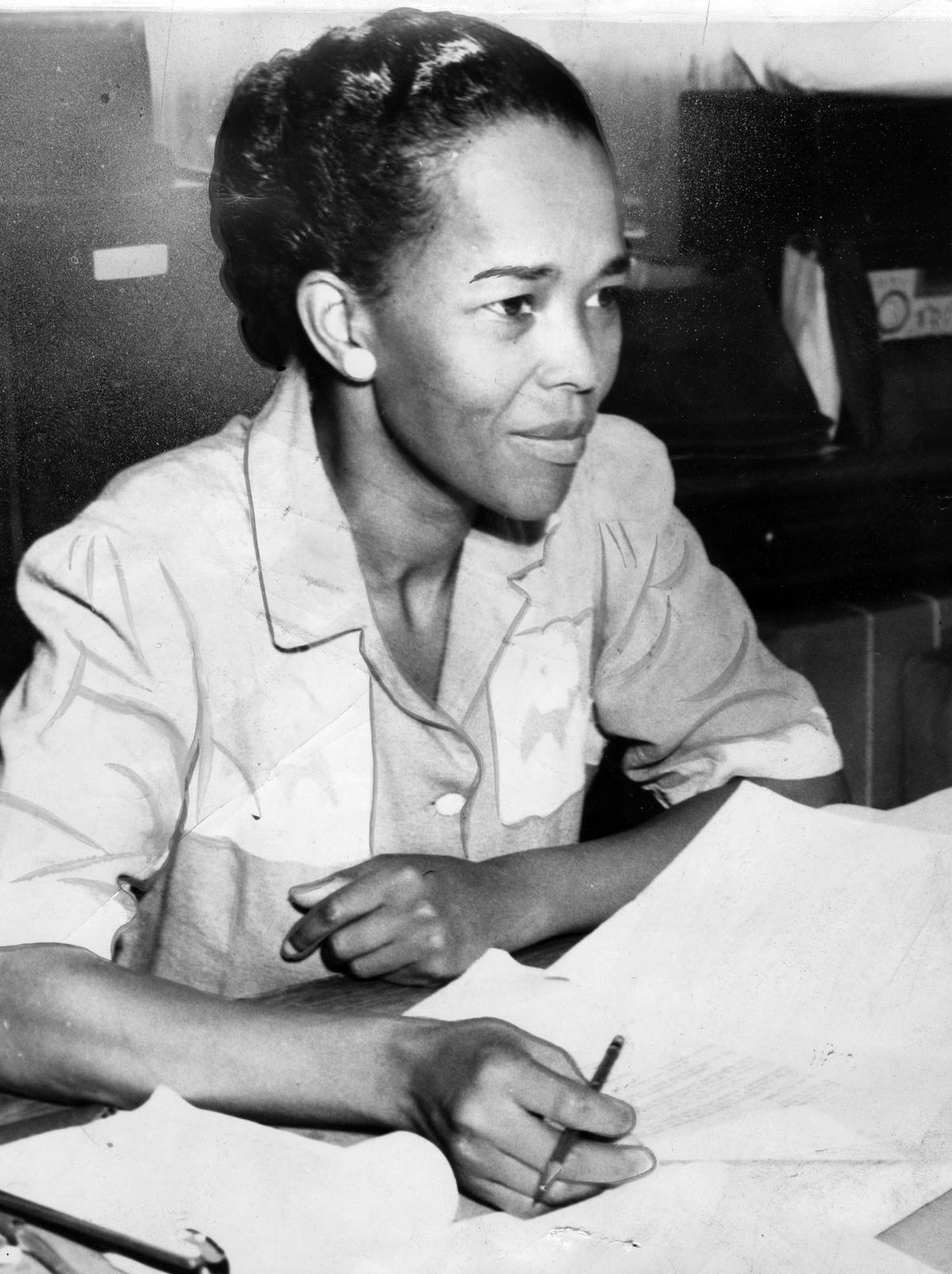
While many know the names of male leaders in the Civil Rights Movement, women played equally crucial roles. Figures like Ella Baker, Fannie Lou Hamer, and Dorothy Height were instrumental in organizing protests, voter registration drives, and grassroots campaigns.
Their contributions often went unrecognized, but their leadership and dedication were vital to the success of the movement. These women paved the way for future generations of female activists.
The Power of Nonviolent Protest: Lessons from Leaders like Martin Luther King Jr.
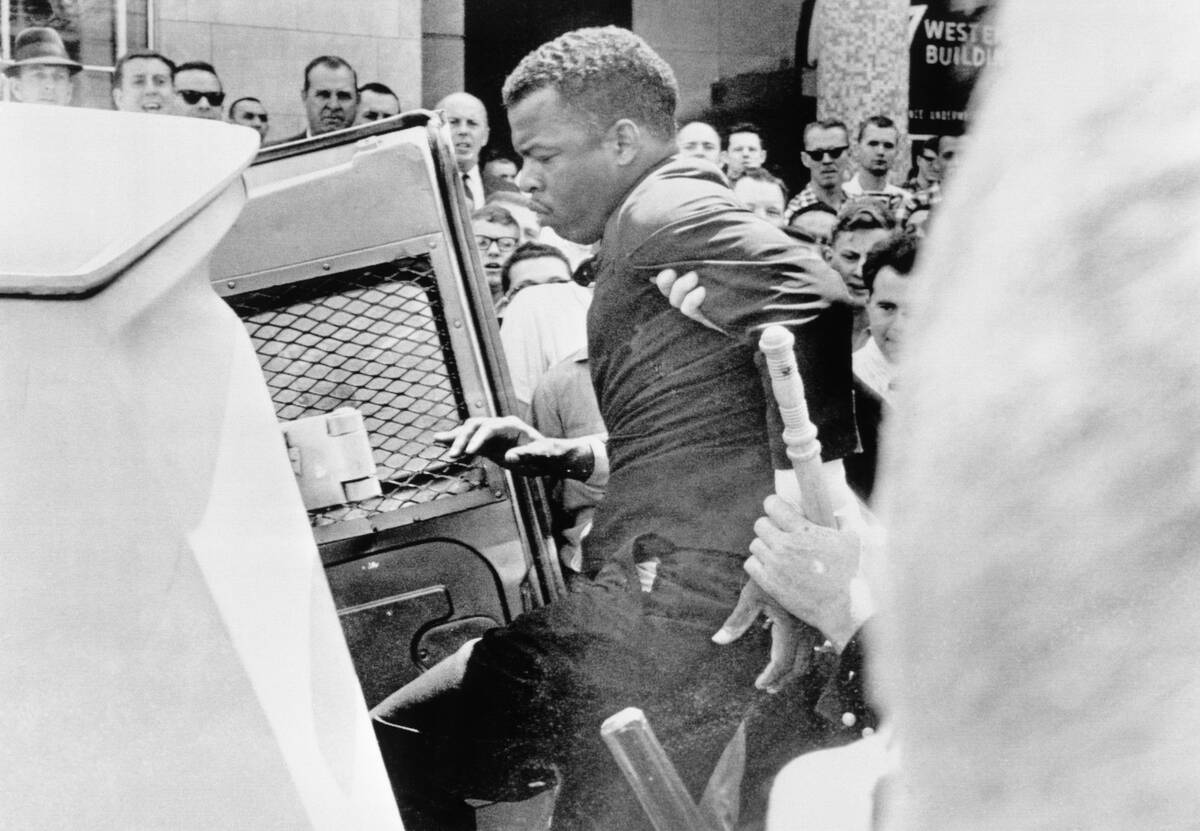
Nonviolent protest was a cornerstone strategy of the Civil Rights Movement, championed by leaders like Martin Luther King Jr. Inspired by Mahatma Gandhi’s philosophy, King advocated for peaceful resistance as a means of enacting social change.
This approach not only highlighted the moral high ground of the movement but also garnered sympathy and support from a broader audience, proving that nonviolence could effectively challenge and dismantle systemic injustice.
Malcolm X and the Fight for Equality by Any Means Necessary
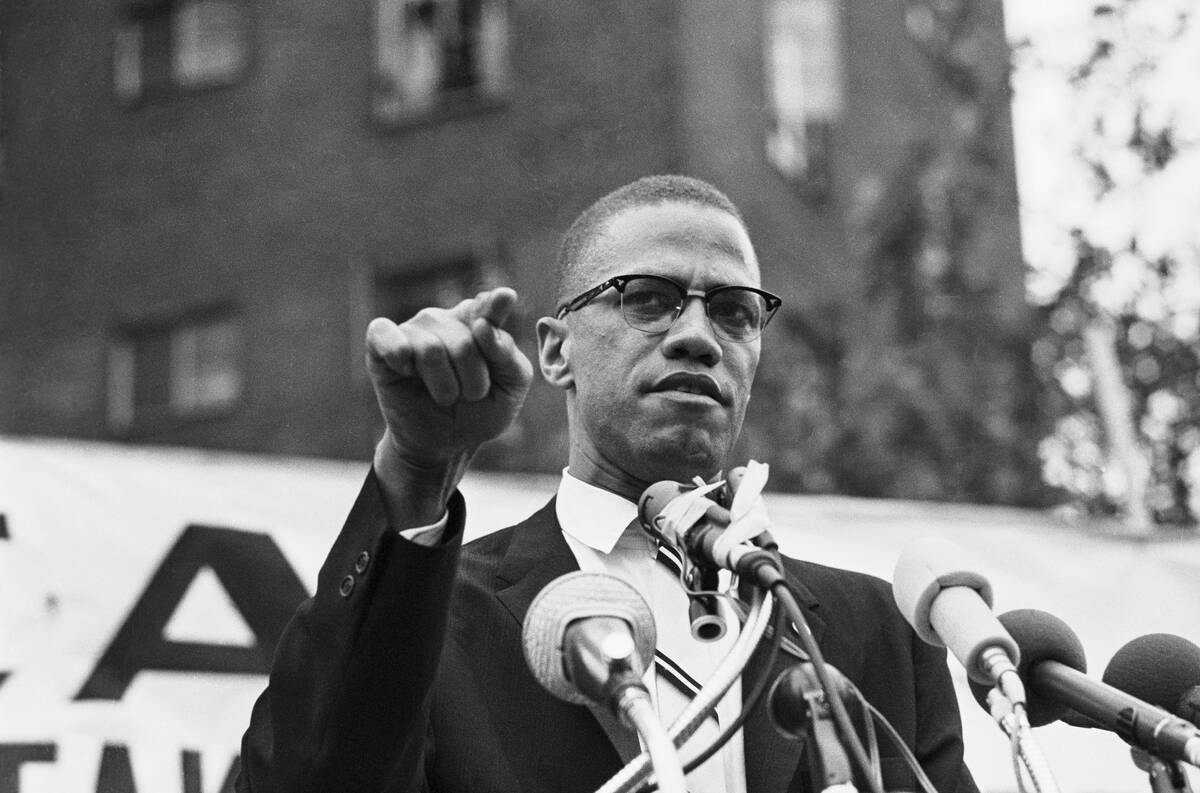
Malcolm X was a prominent figure in the Civil Rights Movement, known for his advocacy for black empowerment and self-defense. Unlike proponents of nonviolent protest, Malcolm X believed in achieving equality “by any means necessary.”
His views sparked debate and highlighted the diversity of thought within the movement. Malcolm X’s emphasis on black pride and self-determination inspired many and continues to influence discussions on race and social justice today.
The Role of Youth in the Civil Rights Movement: Brave Voices for Change

Young people played a crucial role in the Civil Rights Movement, bringing energy and passion to the cause. The Student Nonviolent Coordinating Committee (SNCC) was instrumental in organizing sit-ins, freedom rides, and voter registration efforts.
Youthful activists like John Lewis demonstrated remarkable courage, often facing violence and arrest. Their involvement not only invigorated the movement but also underscored the importance of youth leadership in social change.
The Influence of the Civil Rights Movement on Other Social Justice Movements
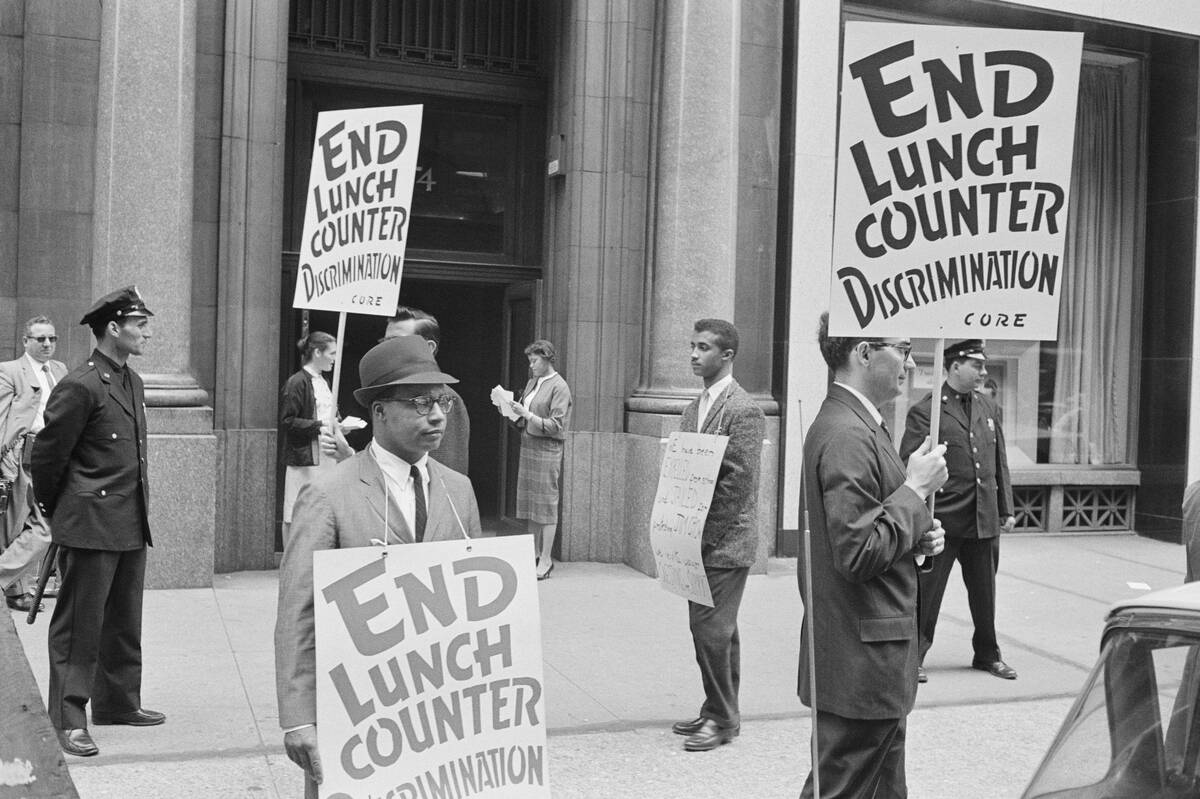
The Civil Rights Movement set a precedent for future social justice movements, influencing strategies and inspiring activists globally. Its success in challenging systemic racism and advocating for equality inspired movements such as the Women’s Liberation Movement, LGBTQ+ rights, and anti-apartheid efforts in South Africa.
The movement’s principles of nonviolent protest and grassroots organizing continue to serve as a blueprint for those fighting for social change worldwide.
How the Civil Rights Movement Shaped Modern America
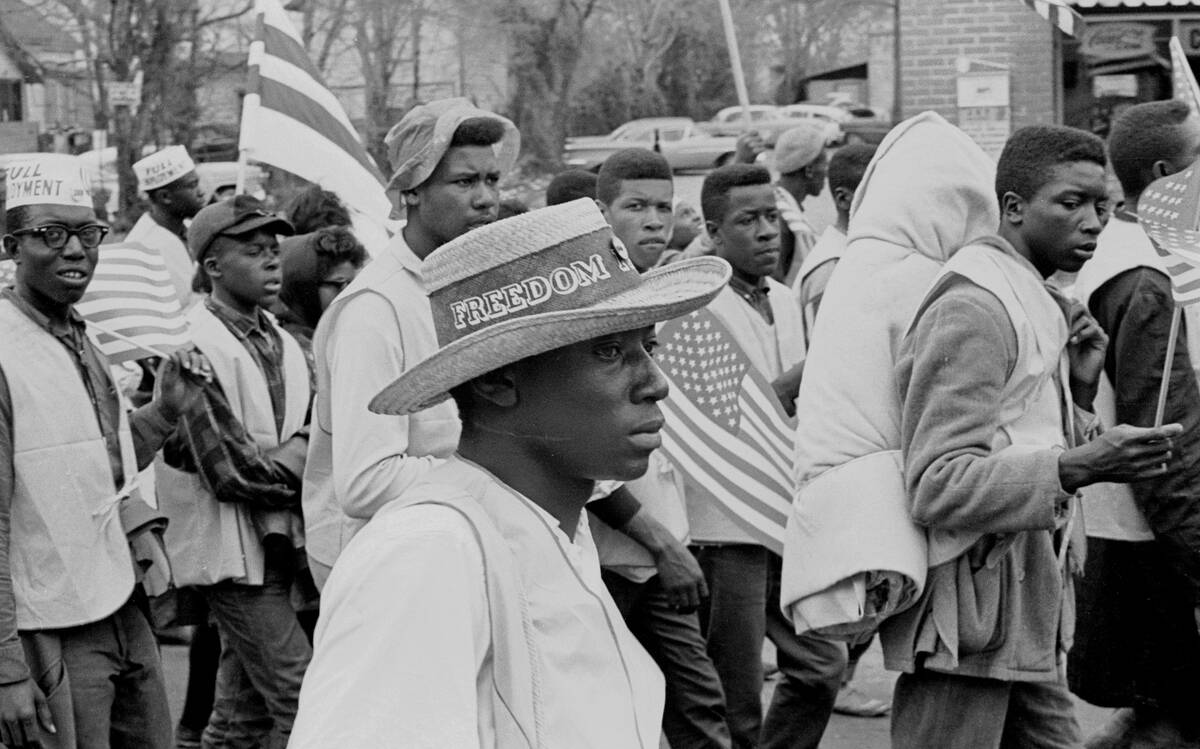
The Civil Rights Movement profoundly shaped modern America, leading to significant legal and social changes. It dismantled Jim Crow laws and advanced civil rights legislation, paving the way for greater racial equality.
The movement’s impact extended beyond legislation, influencing cultural attitudes and fostering a more inclusive society. Its legacy is evident in ongoing struggles for racial justice and equality, reminding us of the progress made and the work still to be done.
Inspiration from the Civil Rights Movement: Lessons for Today’s World
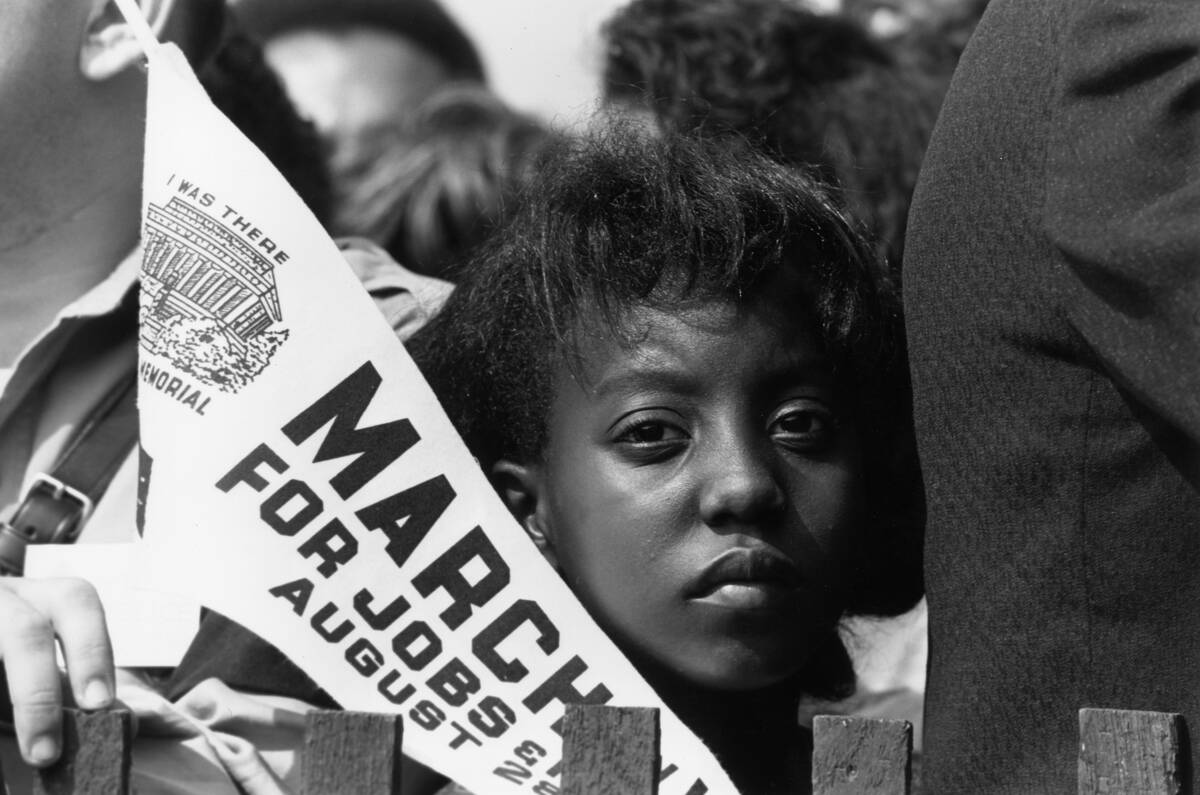
The Civil Rights Movement provides invaluable lessons for addressing contemporary social issues. Its emphasis on unity, perseverance, and nonviolent protest offers a framework for tackling inequality and injustice today.
The movement’s success demonstrates the power of collective action and the importance of standing up for one’s beliefs. As current movements continue to fight for equality, the Civil Rights Movement serves as a reminder that change is possible through determination and solidarity.
The Global Impact of the Civil Rights Movement: Inspiring Change Worldwide

The Civil Rights Movement’s influence extended far beyond the United States, inspiring global movements for justice and equality. Anti-apartheid activists in South Africa drew parallels with the American struggle, while civil rights leaders in Northern Ireland adopted similar tactics.
The movement’s success demonstrated the power of grassroots organizing and nonviolent protest, offering a blueprint for marginalized groups worldwide seeking to challenge oppression and demand their rights.
Remembering the Heroes: Honoring the Legacy of Civil Rights Leaders
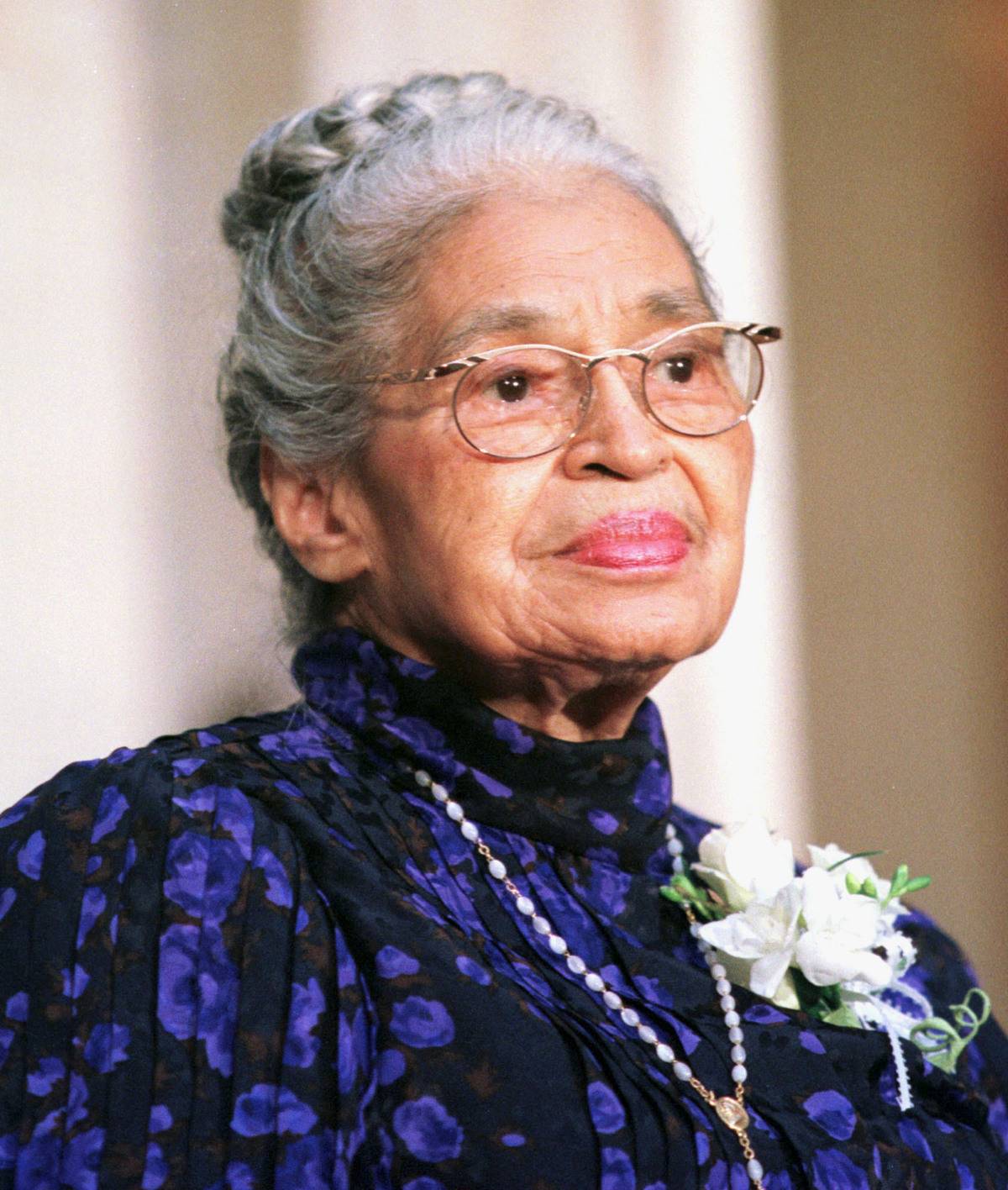
Honoring the heroes of the Civil Rights Movement is vital to preserving their legacy and inspiring future generations. Figures like Martin Luther King Jr., Rosa Parks, and John Lewis are celebrated for their courage and leadership, but countless others contributed to the movement’s success.
Commemorating their achievements through education, memorials, and public recognition ensures their sacrifices are remembered and their impact continues to inspire those striving for equality and justice.



